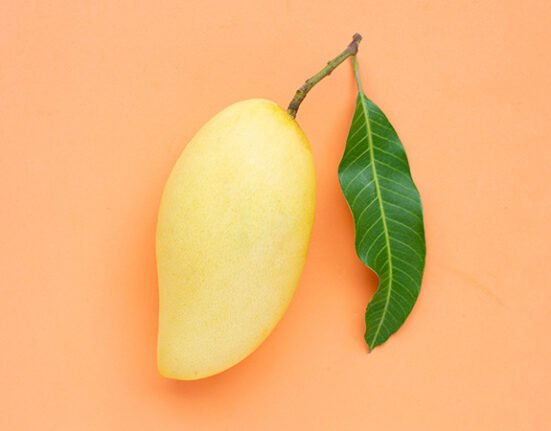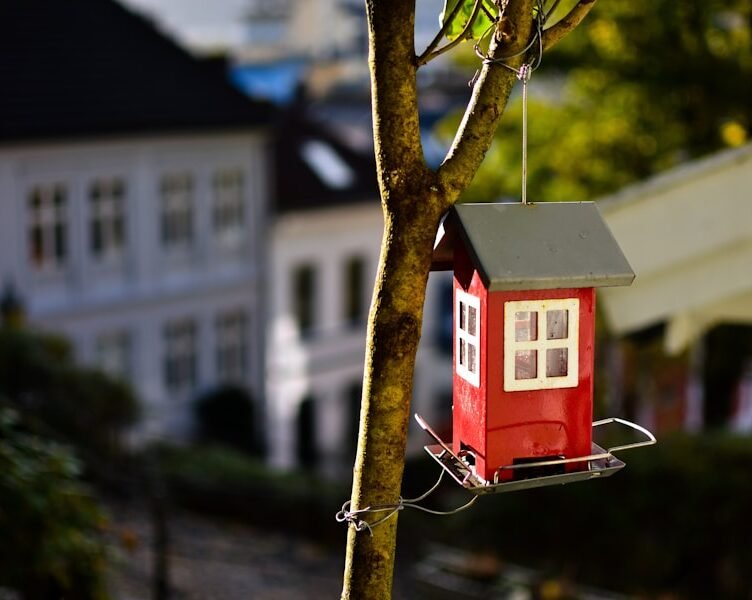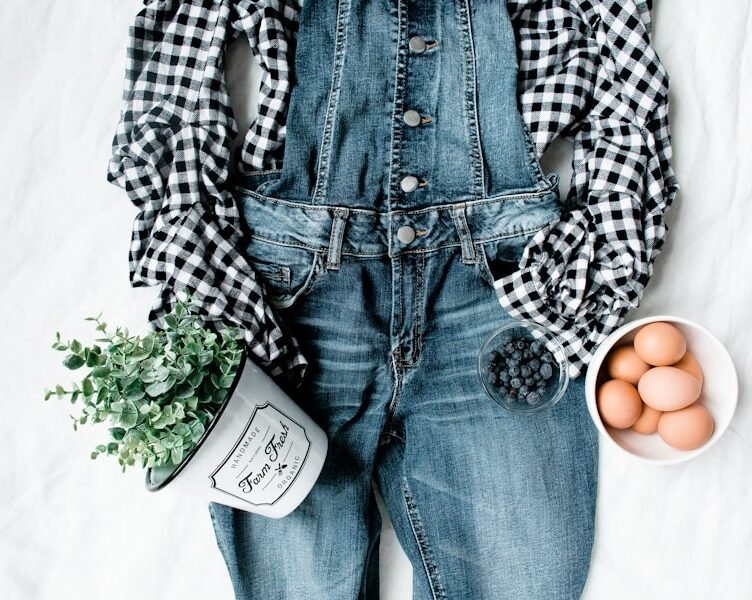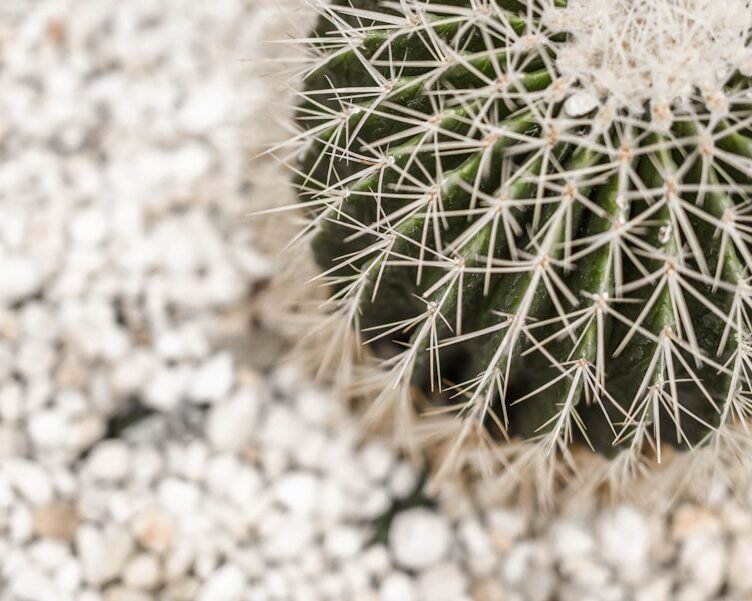When creating an indoor garden for garlic, selecting the right container is essential. Garlic plants require a container with a minimum depth of 8 inches and good drainage to ensure the bulbs have sufficient room to grow and excess water can drain away, preventing rot. The container should also be large enough to accommodate multiple garlic cloves, as each clove will produce a single bulb.
Various containers can be used for indoor garlic cultivation, including plastic or ceramic pots, wooden crates, and repurposed items like old buckets or storage bins. When choosing a container, consider the size of the garlic bulbs you want to grow and the available space for your indoor garden. Additionally, consider the aesthetic appeal of the container, as it will be a prominent feature in your home.
Ultimately, the ideal container for growing garlic indoors should provide ample space for the bulbs to grow, have good drainage, and fit your personal style and space constraints. By selecting the right container, you can create a thriving indoor garlic garden that meets your needs and enhances your home’s décor.
Key Takeaways
- Choose a container that is at least 8 inches deep and has good drainage for growing garlic indoors
- Opt for softneck garlic varieties like Inchelium Red or Silverwhite for indoor gardening
- Provide well-draining soil, ample sunlight, and consistent watering for successful indoor garlic growth
- Plant garlic cloves 2 inches deep and 4 inches apart, and keep the soil moist but not waterlogged
- Keep an eye out for pests like aphids and diseases like white rot, and harvest garlic when the tops begin to yellow and fall over
Selecting the Best Garlic Varieties for Indoor Gardening
Choose a Variety Suited to Indoor Growing Conditions
Some varieties of garlic are better suited to indoor gardening than others, so it’s important to do your research and select a variety that will thrive in your indoor garden.
Consider the Flavor Profile
Some varieties of garlic are known for their bold, spicy flavor, while others are milder and sweeter. Consider how you plan to use your homegrown garlic and select a variety that will best suit your culinary needs.
Think About the Size of the Garlic Bulbs
Some varieties produce larger bulbs with fewer cloves, while others produce smaller bulbs with more cloves. Consider how much space you have available in your indoor garden and select a variety that will produce garlic bulbs that fit your space constraints.
Providing the Ideal Growing Conditions for Indoor Garlic
In order to create the perfect indoor garden for garlic, it’s essential to provide the ideal growing conditions for your plants. Garlic plants thrive in well-draining soil that is rich in organic matter and has a slightly acidic pH level. When planting garlic indoors, use a high-quality potting mix that is specifically formulated for growing vegetables and herbs.
This will provide your garlic plants with the nutrients they need to thrive and produce healthy bulbs. Additionally, garlic plants require plenty of sunlight in order to grow and develop strong bulbs. When growing garlic indoors, place your containers in a sunny location where they will receive at least 6-8 hours of sunlight each day.
If natural sunlight is limited in your home, consider using grow lights to supplement the light your garlic plants receive. This will ensure that your plants have access to the light they need to thrive and produce healthy bulbs. In order to create the perfect indoor garden for garlic, it’s essential to provide the ideal growing conditions for your plants.
Garlic plants thrive in well-draining soil that is rich in organic matter and has a slightly acidic pH level. When planting garlic indoors, use a high-quality potting mix that is specifically formulated for growing vegetables and herbs. This will provide your garlic plants with the nutrients they need to thrive and produce healthy bulbs.
Additionally, garlic plants require plenty of sunlight in order to grow and develop strong bulbs. When growing garlic indoors, place your containers in a sunny location where they will receive at least 6-8 hours of sunlight each day. If natural sunlight is limited in your home, consider using grow lights to supplement the light your garlic plants receive.
This will ensure that your plants have access to the light they need to thrive and produce healthy bulbs.
Tips for Planting and Caring for Garlic in an Indoor Garden
| Factors | Optimal Conditions |
|---|---|
| Light | 6-8 hours of direct sunlight or grow lights |
| Temperature | 60-70°F (15-21°C) |
| Soil | Well-draining, loamy soil with organic matter |
| Watering | Regular watering, allowing soil to dry between waterings |
| Fertilization | Monthly application of balanced fertilizer |
| Container | 6-8 inches deep with drainage holes |
| Companion Plants | Plant with herbs like basil, mint, or parsley |
When it comes to planting and caring for garlic in an indoor garden, there are a few key tips to keep in mind. First and foremost, it’s important to plant your garlic cloves at the right time of year. Garlic is typically planted in the fall, so plan to plant your cloves in late summer or early fall in order to give them enough time to establish roots before winter sets in.
Additionally, when planting garlic cloves in containers, be sure to plant them with the pointed end facing up and the root end facing down. Plant each clove about 2 inches deep and space them about 4-6 inches apart to allow room for growth. Once planted, water your garlic cloves thoroughly and keep the soil consistently moist but not waterlogged.
As your garlic plants grow, be sure to keep an eye on their moisture levels and water them as needed. Additionally, consider fertilizing your garlic plants with a balanced fertilizer every 4-6 weeks to provide them with the nutrients they need to thrive. Finally, be sure to keep an eye out for any signs of pests or diseases and take action promptly if any issues arise.
When it comes to planting and caring for garlic in an indoor garden, there are a few key tips to keep in mind. First and foremost, it’s important to plant your garlic cloves at the right time of year. Garlic is typically planted in the fall, so plan to plant your cloves in late summer or early fall in order to give them enough time to establish roots before winter sets in.
Additionally, when planting garlic cloves in containers, be sure to plant them with the pointed end facing up and the root end facing down. Plant each clove about 2 inches deep and space them about 4-6 inches apart to allow room for growth. Once planted, water your garlic cloves thoroughly and keep the soil consistently moist but not waterlogged.
As your garlic plants grow, be sure to keep an eye on their moisture levels and water them as needed. Additionally, consider fertilizing your garlic plants with a balanced fertilizer every 4-6 weeks to provide them with the nutrients they need to thrive. Finally, be sure to keep an eye out for any signs of pests or diseases and take action promptly if any issues arise.
Managing Pests and Diseases in Indoor Garlic Gardens
While growing garlic indoors can help protect your plants from many common pests and diseases, it’s still important to be vigilant and take steps to prevent issues from arising. One common pest that can affect indoor garlic plants is aphids, which are small insects that feed on plant sap and can cause damage to leaves and stems. To prevent aphids from infesting your indoor garden, regularly inspect your plants for signs of infestation and take action promptly if any aphids are found.
Another common issue that can affect indoor garlic plants is white rot, which is a fungal disease that can cause yellowing leaves and stunted growth. To prevent white rot from affecting your indoor garden, be sure to provide good air circulation around your plants and avoid overwatering them. Additionally, consider using a fungicide if white rot becomes an issue in your indoor garden.
In addition to aphids and white rot, there are several other pests and diseases that can affect indoor garlic plants. To prevent these issues from arising in your indoor garden, be sure to keep an eye on your plants and take action promptly if any issues arise. While growing garlic indoors can help protect your plants from many common pests and diseases, it’s still important to be vigilant and take steps to prevent issues from arising.
One common pest that can affect indoor garlic plants is aphids, which are small insects that feed on plant sap and can cause damage to leaves and stems. To prevent aphids from infesting your indoor garden, regularly inspect your plants for signs of infestation and take action promptly if any aphids are found. Another common issue that can affect indoor garlic plants is white rot, which is a fungal disease that can cause yellowing leaves and stunted growth.
To prevent white rot from affecting your indoor garden, be sure to provide good air circulation around your plants and avoid overwatering them. Additionally, consider using a fungicide if white rot becomes an issue in your indoor garden. In addition to aphids and white rot, there are several other pests and diseases that can affect indoor garlic plants.
To prevent these issues from arising in your indoor garden, be sure to keep an eye on your plants and take action promptly if any issues arise.
Harvesting and Storing Garlic Grown Indoors
Identifying the Right Time to Harvest
The best time to harvest garlic is when the lower leaves begin to turn yellow or brown but there are still some green leaves remaining at the top of the plant.
Harvesting Your Garlic Bulbs
To harvest your garlic bulbs, carefully loosen the soil around each bulb with a small shovel or trowel and gently lift them out of the ground.
Curing and Storing Your Garlic
After harvesting your garlic bulbs, it’s important to cure them before storing them. To cure your garlic bulbs, lay them out in a single layer in a warm, dry location with good air circulation for 2-3 weeks. This will allow the outer skins of the bulbs to dry out and form a protective layer around the cloves. Once cured, trim off any excess roots or leaves from your garlic bulbs and store them in a cool, dry location with good air circulation. Properly cured and stored garlic can last for several months, providing you with homegrown garlic long after harvest season has passed.
Creative Ways to Use Homegrown Garlic from Your Indoor Garden
Once you’ve harvested and stored your homegrown garlic from your indoor garden, it’s time to get creative in the kitchen! There are countless ways to use fresh garlic in cooking, from adding it to soups and stews to using it as a flavorful seasoning for meats and vegetables. One popular way to use homegrown garlic is by making homemade garlic powder or minced garlic.
To make homemade garlic powder, simply peel and slice fresh garlic cloves into thin slices and then dry them out in a dehydrator or low-temperature oven until they are completely dry. Once dried, grind the slices into a fine powder using a spice grinder or mortar and pestle. Another creative way to use homegrown garlic is by making homemade pickled garlic!
Pickled garlic makes a delicious addition to salads or antipasto platters and can also be used as a flavorful garnish for cocktails or savory dishes. In addition to making homemade seasonings and pickled products with homegrown garlic, consider using fresh garlic as a key ingredient in homemade sauces or marinades. Freshly harvested homegrown garlic has a bold flavor that can elevate any dish it’s added to!
Once you’ve harvested and stored your homegrown garlic from your indoor garden, it’s time to get creative in the kitchen! There are countless ways to use fresh garlic in cooking, from adding it to soups and stews to using it as a flavorful seasoning for meats and vegetables. One popular way to use homegrown garlic is by making homemade garlic powder or minced garlic.
To make homemade garlic powder, simply peel and slice fresh garlic cloves into thin slices and then dry them out in a dehydrator or low-temperature oven until they are completely dry. Once dried, grind the slices into a fine powder using a spice grinder or mortar and pestle. Another creative way to use homegrown garlic is by making homemade pickled garlic!
Pickled garlic makes a delicious addition to salads or antipasto platters and can also be used as a flavorful garnish for cocktails or savory dishes. In addition to making homemade seasonings and pickled products with homegrown garlic, consider using fresh garlic as a key ingredient in homemade sauces or marinades. Freshly harvested homegrown garlic has a bold flavor that can elevate any dish it’s
FAQs
What are the benefits of growing garlic indoors?
Growing garlic indoors allows you to have a fresh supply of this flavorful and nutritious herb all year round. It also saves space and can be a fun and rewarding gardening project.
What are the ideal conditions for growing garlic indoors?
Garlic thrives in well-drained soil, plenty of sunlight, and a consistent temperature of around 60-70°F (15-21°C). It also requires good air circulation and moderate humidity.
What type of container is best for growing garlic indoors?
A deep container with drainage holes is ideal for growing garlic indoors. This allows for proper root development and prevents waterlogging.
How do you plant garlic indoors?
To plant garlic indoors, fill a container with well-draining soil, break apart a garlic bulb into individual cloves, and plant them about 2 inches deep with the pointed end facing up. Water the soil and place the container in a sunny spot.
How often should you water indoor garlic plants?
Garlic plants should be watered regularly to keep the soil evenly moist but not waterlogged. It’s important to allow the soil to dry out slightly between waterings to prevent root rot.
How long does it take to grow garlic indoors?
Garlic typically takes 90-150 days to mature when grown indoors. The exact time may vary depending on the variety of garlic and the growing conditions.
How do you harvest garlic grown indoors?
When the garlic leaves start to turn yellow and dry out, it’s time to harvest. Gently dig up the bulbs, brush off excess soil, and allow them to cure in a warm, dry, and well-ventilated area for a few weeks before storing.







